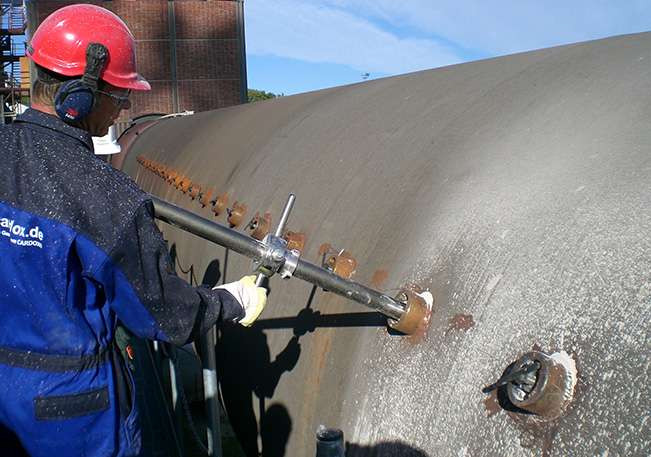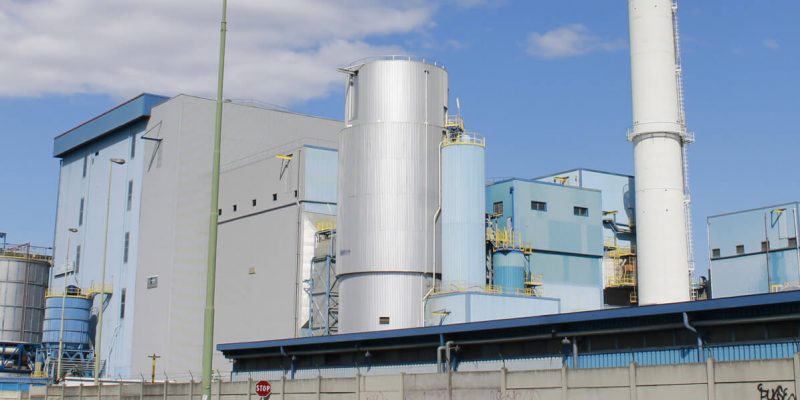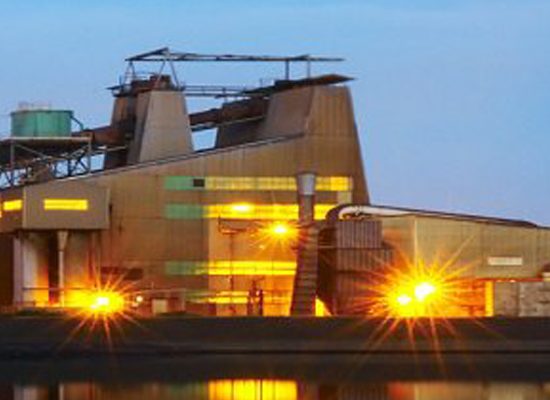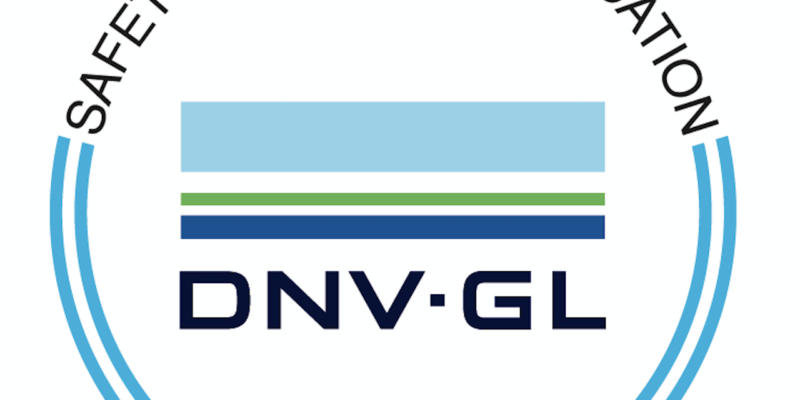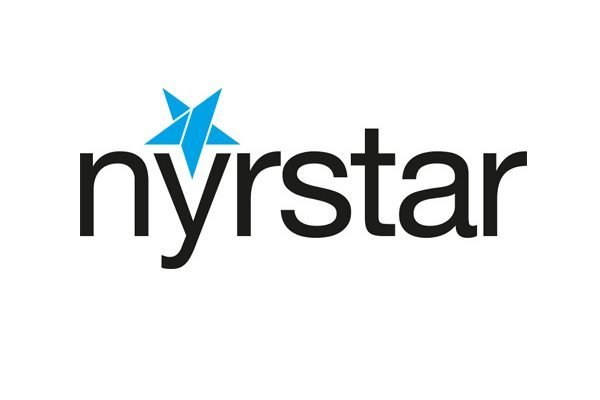This method, which can be administered online or offline and involves inserting a pressured gas tube directly into the build-up that you want to remove.
At a very pre-determined level, the unit blows and the released CO2 gas is directed at the exact location where it is required to remove the contamination.
How it works
The Pressure Gas Tube is used directly where the build-up occurs. As the entry to the obstruction, Base sockets are installed i.e. on the steel shell of the plant. Through the insertion hole, the Gas Tube is inserted into the build-up with the Discharge Head in safe distance behind the refractory. Locked with the Grip Case to the Base, the Tube breaks up the deposits by the strong release of its CO2-charge.
- Gas tubes are inserted by fitting coupling systems to suitable areas, such as the facility’s steel casing
- Inserting the tube through the hole in the coupling system keeps the discharge nozzle a safe distance away from the facility’s cladding
- Once the coupling system has the tube firmly in place, a targeted discharge of compressed CO2 from the gas tube dislodges the build-up
- Each blast can release between 150 to 600 litres of CO2 gas at pressures between 1500 and 2700 bar. The reaction time for the process is approximately 40 milliseconds
Why this method?
- Can be operated and repeated while the facility remains in operation
- Proven solution for more than 50 installations worldwide and is most suited to heat exchangers, funnels and combustion chambers
- Can increase efficiency from 40% to 75%
- Can be carried out 24 hours a day, seven days a week

